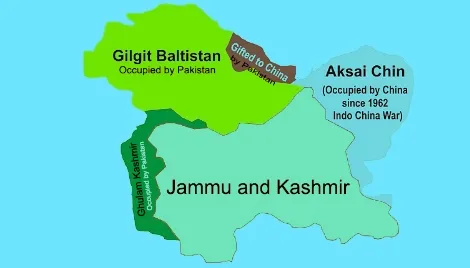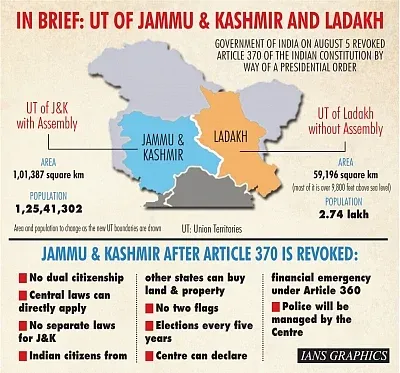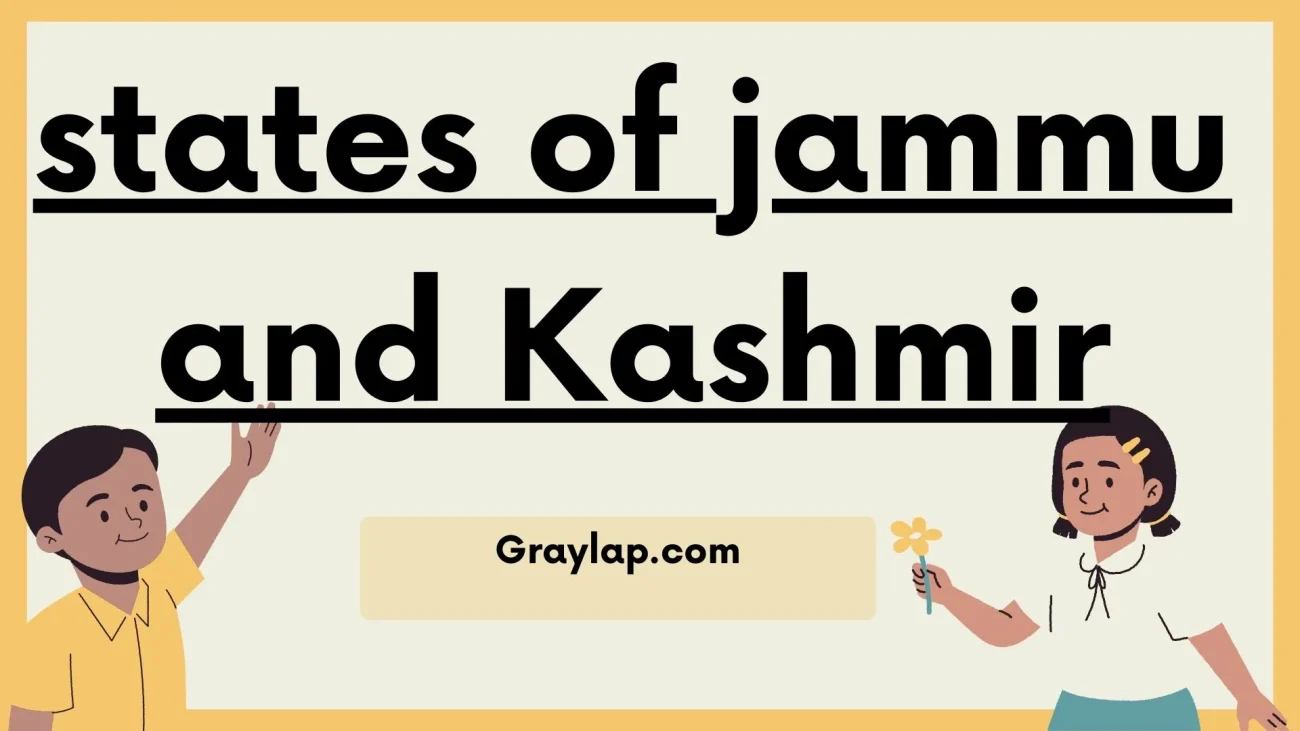Introduction
In the history of the subcontinent, the States of Jammu and Kashmir have a unique place. The region is not only famous for its geographical importance, but also historically, culturally and politically. The Valley of Kashmir is called “Paradise Nazir”, while the identity of the Jammu area is connected to the mountain ranges and fortresses. Knowing about the States of Jammu and Kashmir gives us a deep understanding of the history, culture and politics of the region.
The geographical structure of Jammu and Kashmir
States of Jammu and Kashmir is located north of South Asia. The region is found in high mountains, lush valleys, glaciers, rivers and lakes. The area of Jammu is mostly comprised of mountainous and plains, while the Kashmir Valley is famous worldwide for its natural beauty and transparent lakes. Ladakh, which is part of the same region, is known for its ancient artifacts in the desert hill land and Buddhism. This geographical diversity of the States of Jammu and Kashmir further enhances its historical and cultural importance.

Historical background
The history of the States of Jammu and Kashmir is thousands of years old. In ancient times, this area has been the center of Hindu, Buddhist and Muslim civilizations. Kashmir has also been declared as Paradise in ancient Sanskrit literature. Sultan Kashmir promoted architecture, literature and education here. Later, the Mughal king Akbar also added Kashmir to his empire. During the Dogra rulers, the States of Jammu and Kashmir was seen as a organized state, and its political status was further clear during Maharaja Hari Singh’s time. After partition India, the region became the center of international politics, which continues today.
Cultural diversity
States of Jammu and Kashmir is famous for its unique culture. The languages here include Kashmiri, Dogri, Ladakh, and Gojri. Religious diversity is also known in the area where Hindus, Muslims, Buddhists and Sikh communities live together. Kashmiri skills such as shawl bafi, carpet buffees and wood are popular worldwide. Kashmiri Wazwan has special importance in the taste of food. Thus, the states of Jammu and Kashmir is not only a natural beauty but also a rich region in terms of cultural heritage.

The current political and economic conditions
Today, the States of Jammu and Kashmir is a politically sensitive region. India, Pakistan and China have administrative control over different parts of the region since partition India. India -administered Jammu and Kashmir and Ladakh were given a new constitutional status in 2019. In addition, Pakistan -administered Azad Kashmir and Gilgit -Baltistan are also political. In terms of economy, the region relies on agriculture, tourism and crafts. The production of apples, saffron and walnuts is globally famous. In the event of peace in the future, the States of Jammu and Kashmir can be counted among the world’s largest tourist centers.https://bisesargodha.edu.pk/
Conclusion
Overall, the states of Jammu and Kashmir is a region that is very important in terms of history, geography, culture and politics. The region has always been the focus of its beauty, cultural heritage and geographical place. If sustainable peace is established in the region, it can become a major center of development, culture and tourism for the world.
FAQs about States of Jammu and Kashmir
Q1: Where are the States of Jammu and Kashmir?
STates of Jammu and Kashmir are located north of South Asia and spread between India, Pakistan and China is geographically and politically important.
Q2: What is the main culture of States of Jammu and Kashmir?
The region is known worldwide for its Kashmiri shawl, carpet buffet, wooden imagery, and famous Kashmiri cuisine.
Q3: What sectors do the economy of the States of Jammu and KashMir rely on?
The region’s economy is mostly based on agriculture, tourism and crafts. Apple, saffron and walnut production are the main economic foundations here.
Read Also
Events About History – Important Historical Events of the World
Essay on Covid 19 for Class 9 to 12th
How To Calculate Percentage: 5 Powerful Methods
Top 5 Amazing Facts About What Is Meant By Prime Number

